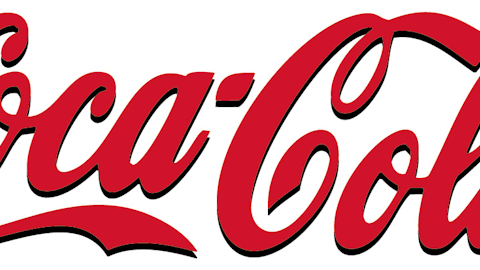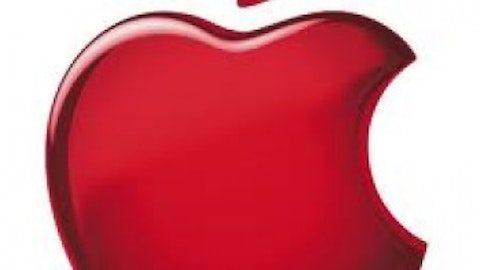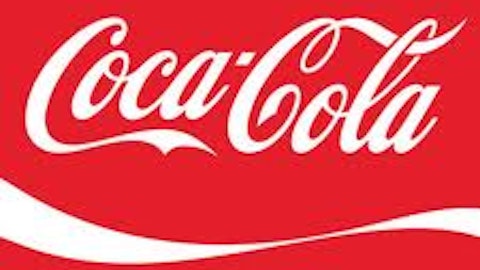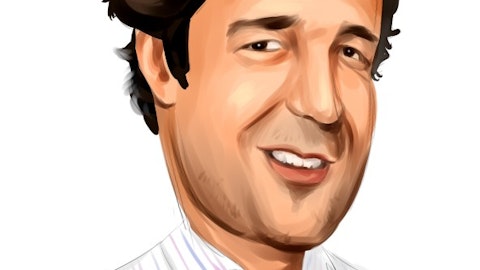Pop star PepsiCo, Inc. (NYSE:PEP) is showing signs of a turnaround. The world’s second largest soft-drink maker behind The Coca-Cola Company (NYSE:KO) came out swinging last week, when it released quarterly results that beat analysts’ estimates. The upbeat earnings announcement was a pleasant surprise given Pepsi’s weak market position nearly a year ago.
Let’s evaluate why this may be the year PepsiCo breaks ahead of competitors and rewards patient shareholders.

A dividend increase and share buybacks give income investors something to smile about in the year ahead. Specifically, Pepsi plans to return $6.4 billion to shareholders in 2013, through dividends and share repurchases. The company has already used this method to return $50 billion to shareholders since 2002.
In addition to a 17% increase in net revenue during its fourth quarter, Pepsi raised its dividend by 5.6% to $2.27 a share. The stock now boasts a dividend yield just shy of 3%. Best of all, Pepsi is a longtime dividend aristocrat, so shareholders can rest assured that the company’s quarterly payout is reliable.
The S&P 500’s Dividend Aristocrats Index tracks the performance of the S&P 500’s top blue-chip companies, which have consecutively increased dividends for at least 25 years running. Both Pepsi and its rival Coke are longtime dividend aristocrats. Coke has been paying consecutive cash dividends since 1963, and Pepsi since 1965 — talk about a rich history of rewarding shareholders.
| Company | Current Dividend Yield | Years of Consecutive Dividend Increases |
|---|---|---|
| Coca-Cola | 2.7% | 50 |
| PepsiCo | 2.9% | 48 |
Last year marked Pepsi’s 40th consecutive annual dividend increase. This is a tradition that stockholders will undoubtedly see continued in the quarters to come.
International growth? Yes, please.
Pepsi continues to push aggressively into high-growth markets such as China and India. Today, the cola and snack giant’s products are sold in nearly 200 countries around the globe. Yet the company still has plenty of growth opportunities in emerging markets.
Going forward, Pepsi’s investments in China should start to pay off. By the end of 2013, Pepsi will have invested more than $2.5 billion in its food and beverage businesses in China. In fact, a portion of this funding helped Pepsi open a research and development facility in Shanghai just a few months ago.
The new R&D facility is part of the company’s ongoing plan to fuel growth in the Chinese market. As the company’s largest R&D center outside North America, the new Shanghai outfit will serve as Pepsi’s home base for product innovation and operations throughout Asia.
This is important, because the company’s ability to customize its brands to better fit local tastes is one of the reasons for Pepsi’s wild success in foreign countries. For example, Pepsi’s Shanghai location is equipped with test kitchens for developing new flavors and products designed specifically with Asian consumers in mind.
China aside, Pepsi is also finding success in Russia, which is now Pepsi’s second biggest market. The good news out of Russia is partially thanks to the company’s 2010 acquisition of Russia’s leading food and dairy company known as Wimm-Bill-Dann Foods.
In Pepsi’s most recent fourth quarter, revenue out of Russia climbed 10%. Meanwhile, the company generated sales growth of 9% overall in emerging markets during the quarter.



